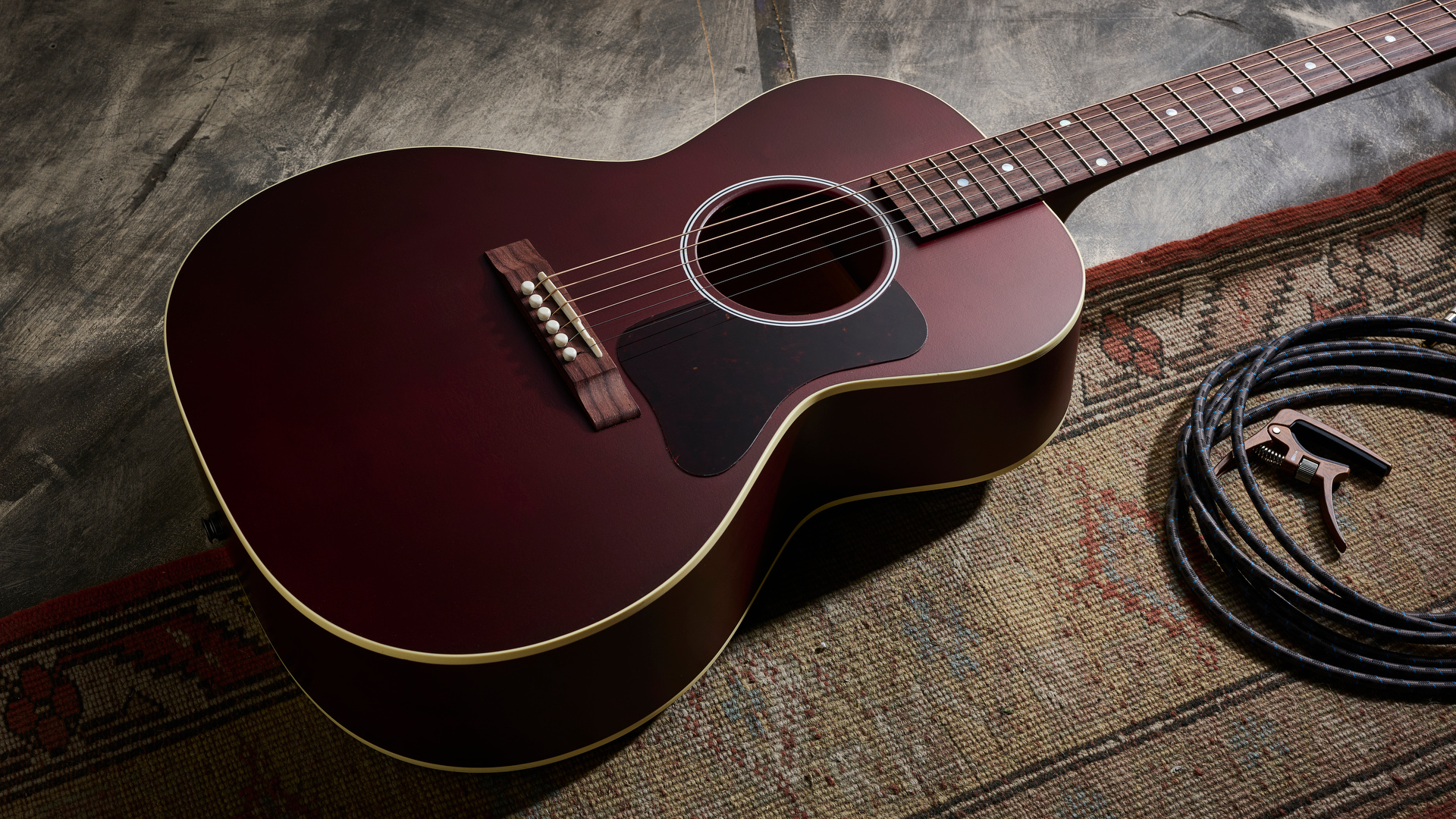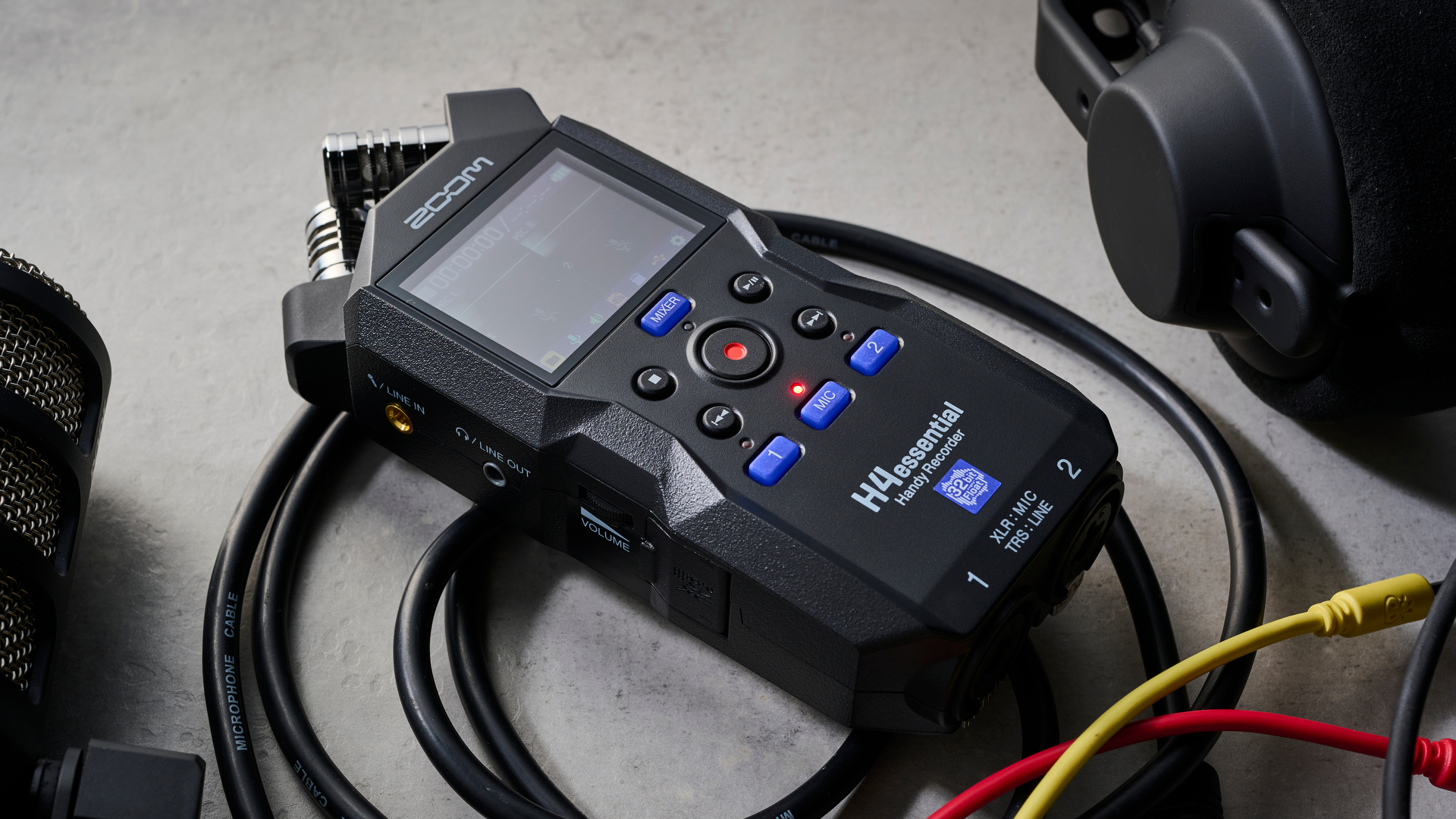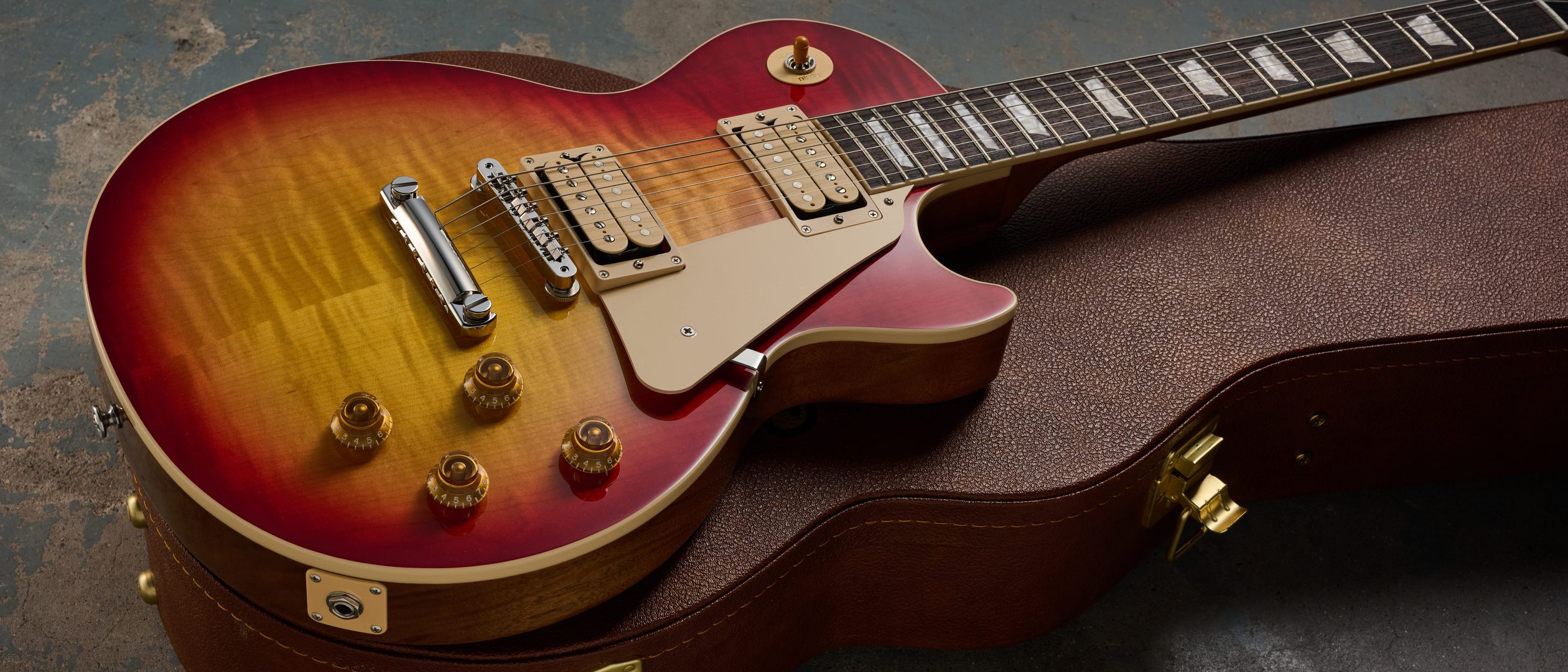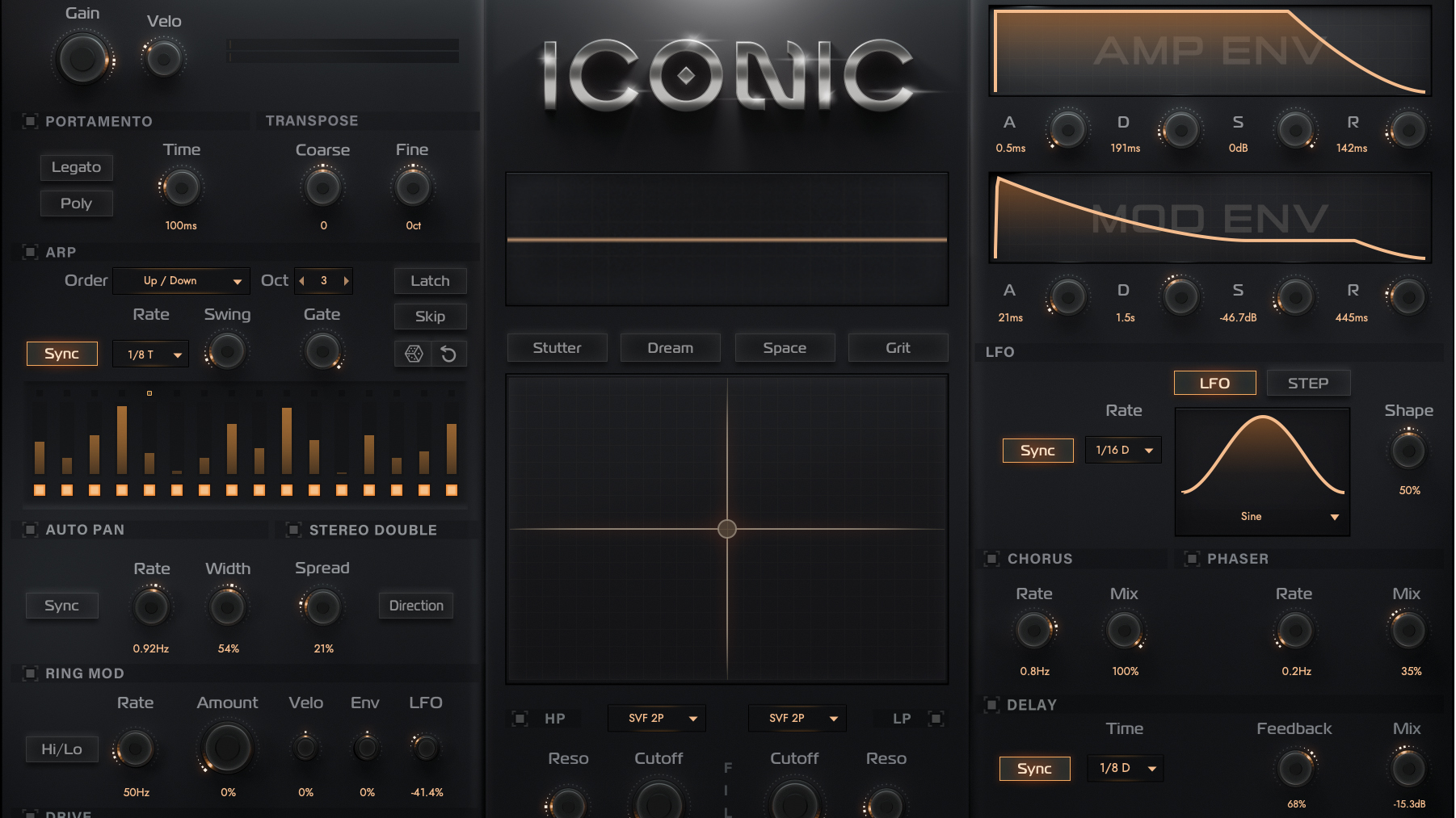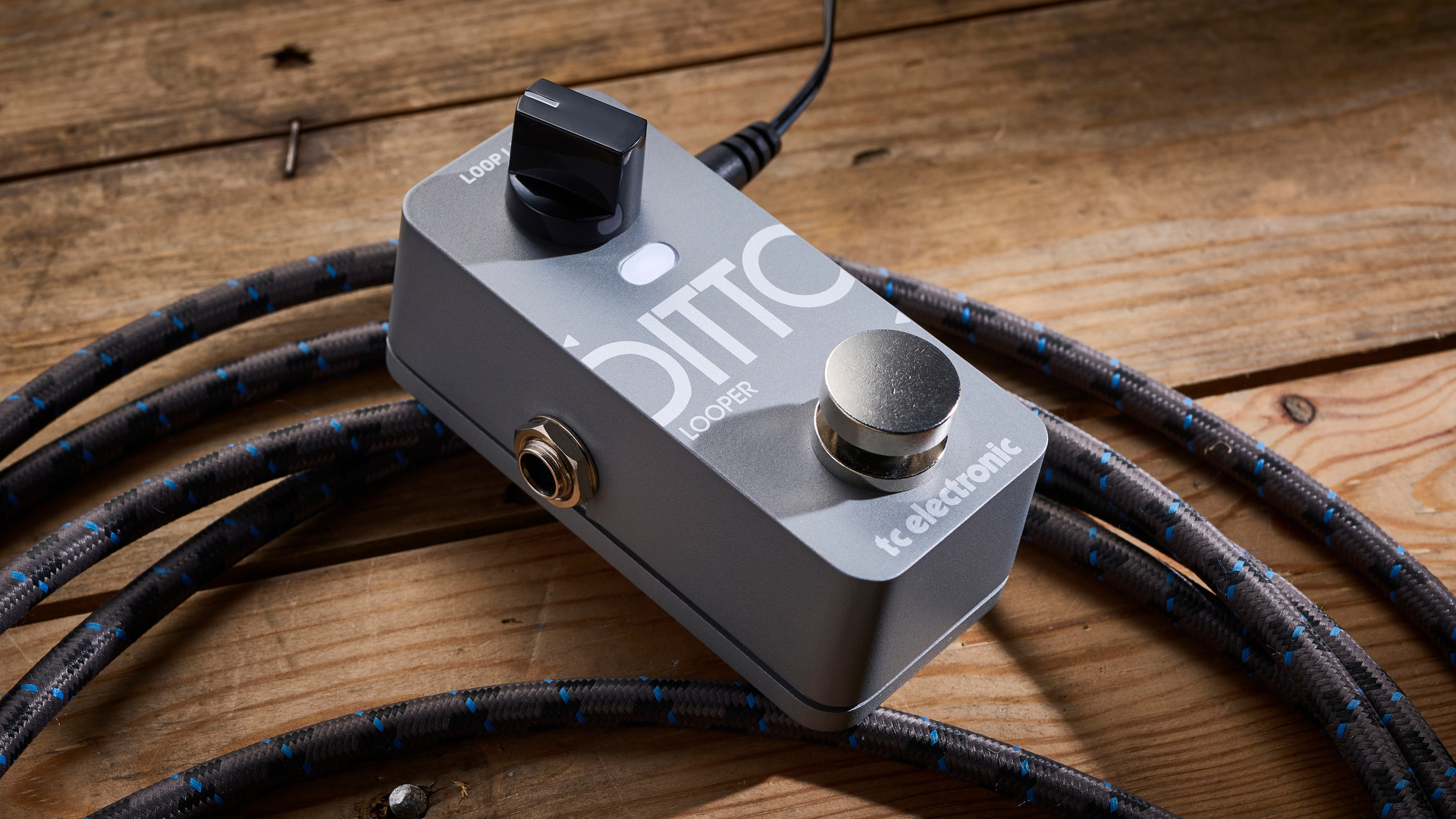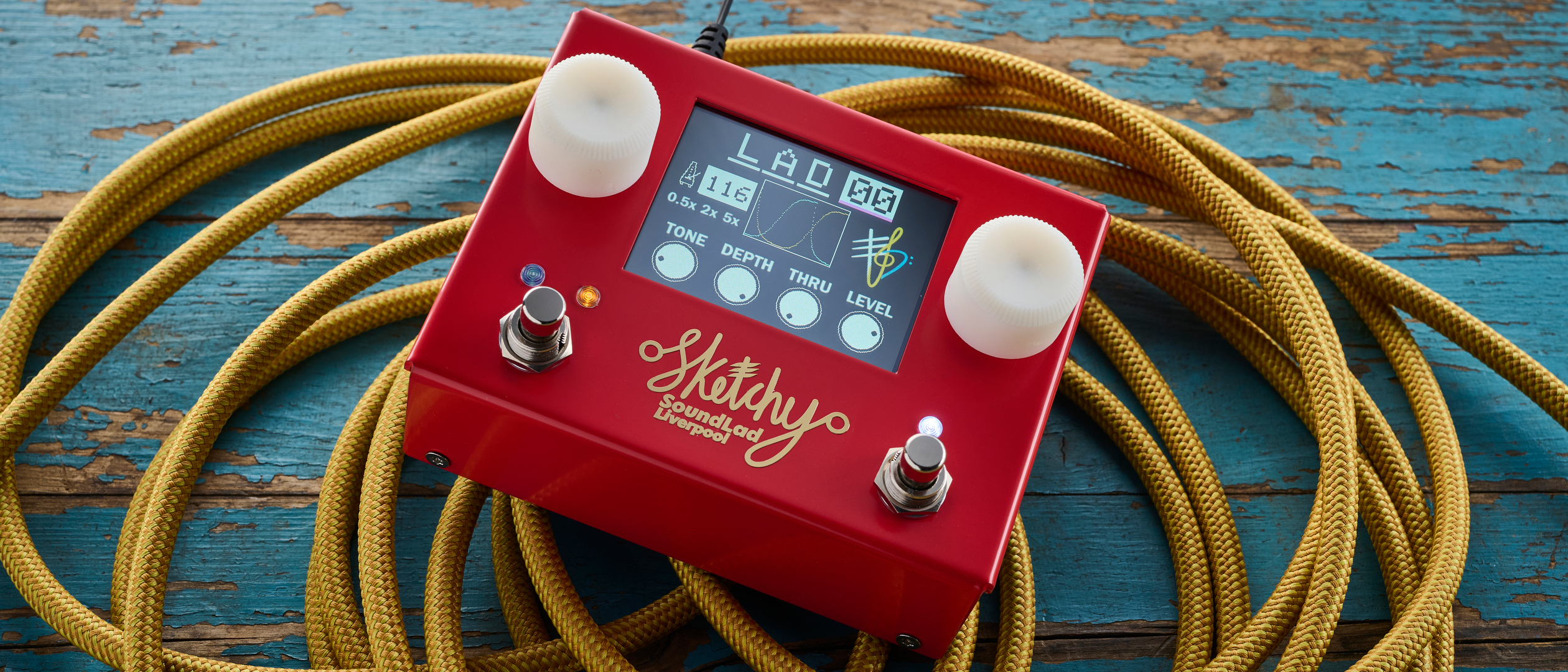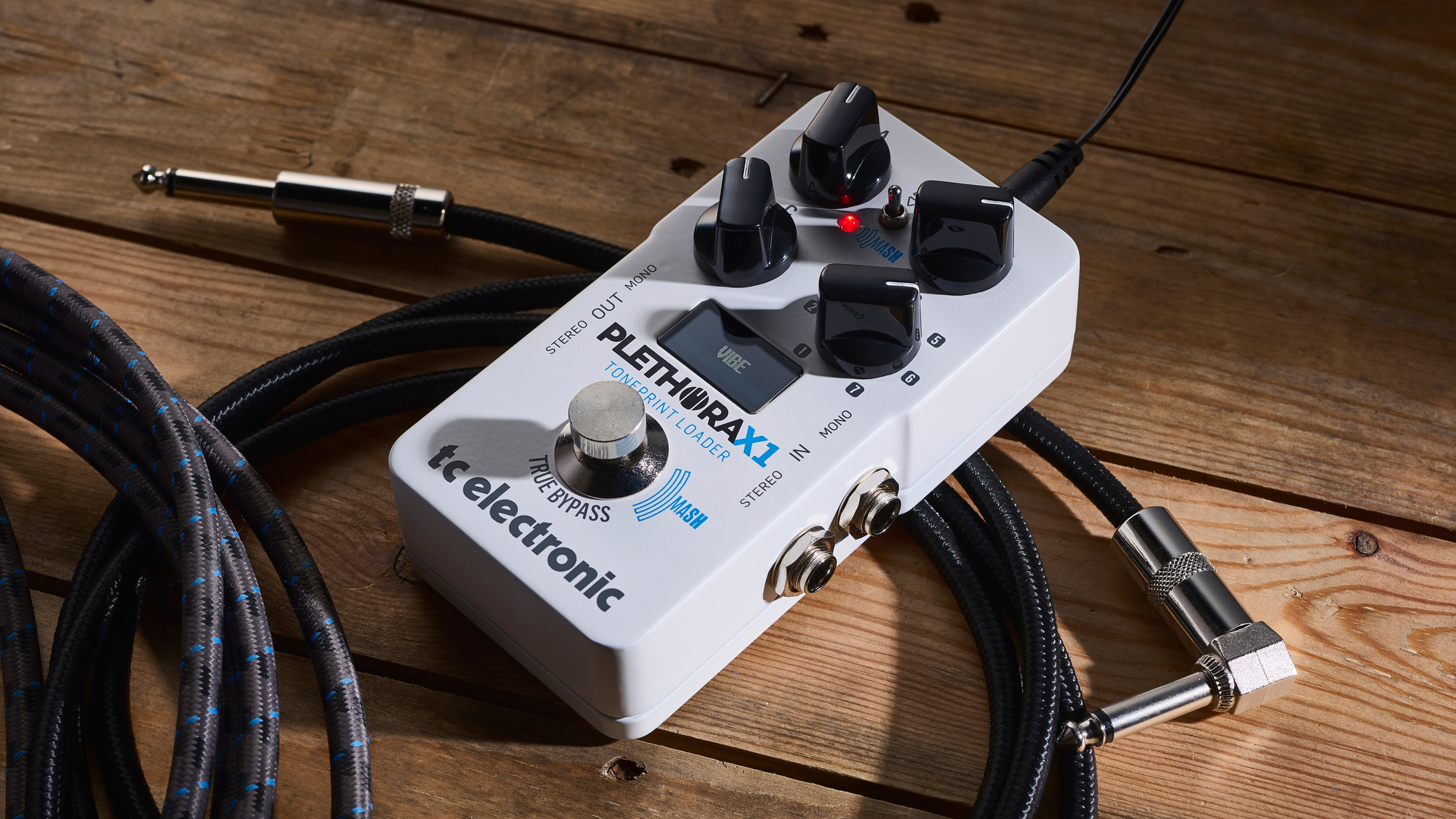MusicRadar Verdict
MusicRadar verdict: A compact, versatile and well-featured amp pedal with IR-loading capability that could potentially enhance some of its models further.
Pros
- +
Packs 11 amp models into a compact form
- +
Support for third-party impulse responses
- +
Flexibility w/ headphone-out, USB-C recording and FX loop
Cons
- -
Doesn't offer best-in-class modelling tones for an amp pedal
MusicRadar's got your back
Boss IR-2 Amp & Cabinet Simulator Pedal: What is it?
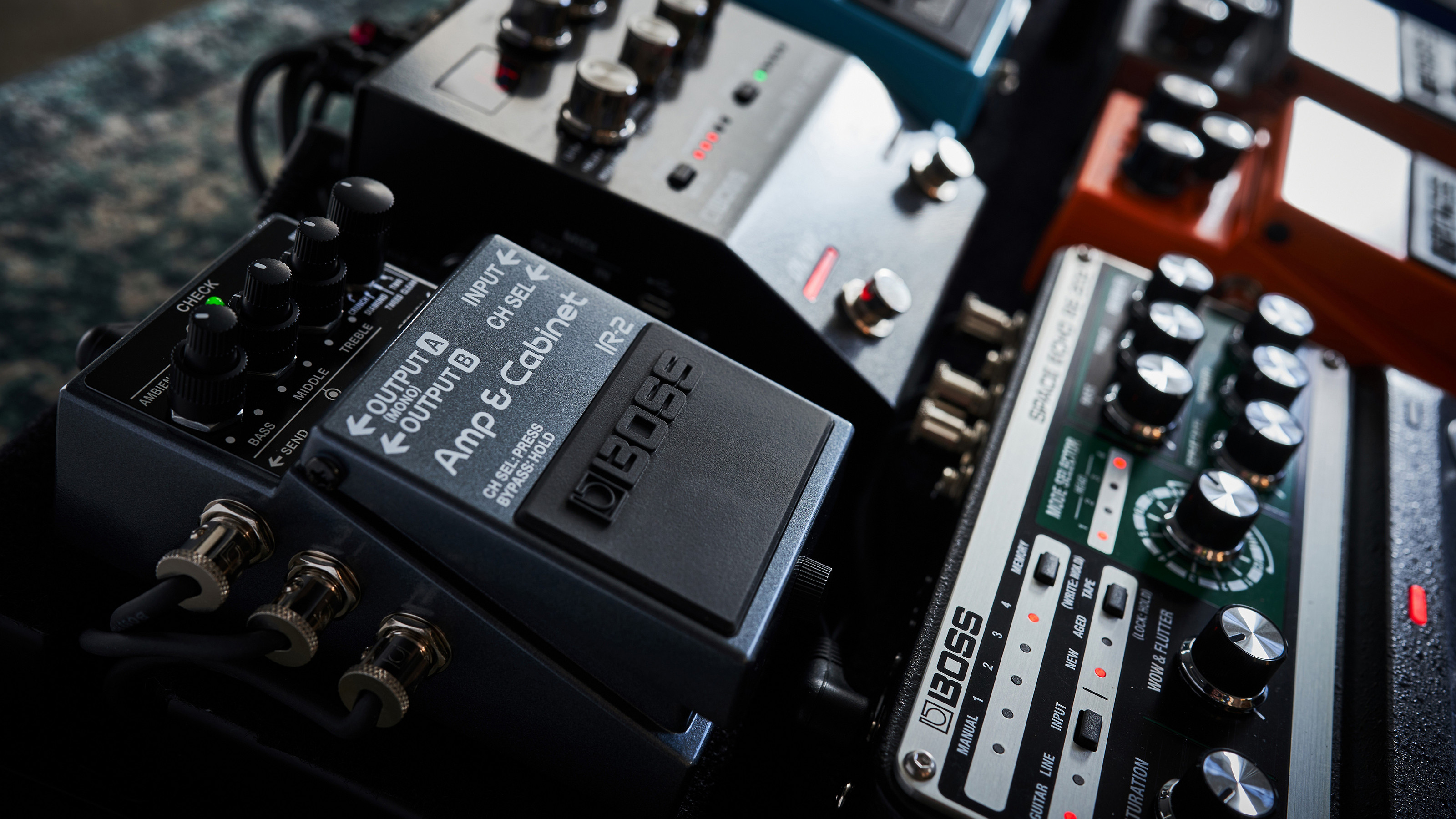
Like digital modelling as a whole, the idea that amp pedals are a replacement for tube amps isn’t a zero-sum game anymore. At least, not in my mind. Why limit yourselves? Many guitarists need different gear for different applications – whether it’s a lightweight travel rig for rehearsals, a backline at your feet for gigs, or a desktop amp solution for recording and practice. In this situation, the IR-2 feels very well placed to exist alongside a guitar amp, or even in place of one.
At £179 it’s not as pricey as some, and offers the potential attraction of being compact in a classic Boss chassis, versatile with 11 onboard amp models and well-featured with a dedicated headphone output, FX loop, USB-C recording and customisable with your third-party IRs.
Boss isn’t exactly late to the party either – the IR-2 is a streamlined version of the IR-200 that emerged in 2001. Its combination of features and plentiful amp models in slimmer dimensions even feels distinct from the competition offered by Universal Audio, Walrus, Strymon and TC Electronic, which either focus on 1-3 models or in the case of Victory, BluGuitar or Blackstar and its Department 10 offerings, a larger footprint. All that competition shares the same positive though, to a lesser and greater extent; impressive sounds. Either through solid-state and valve tech or as we have here, digital modelling.
Boss IR-2 Amp & Cabinet Simulator Pedal: Performance and verdict
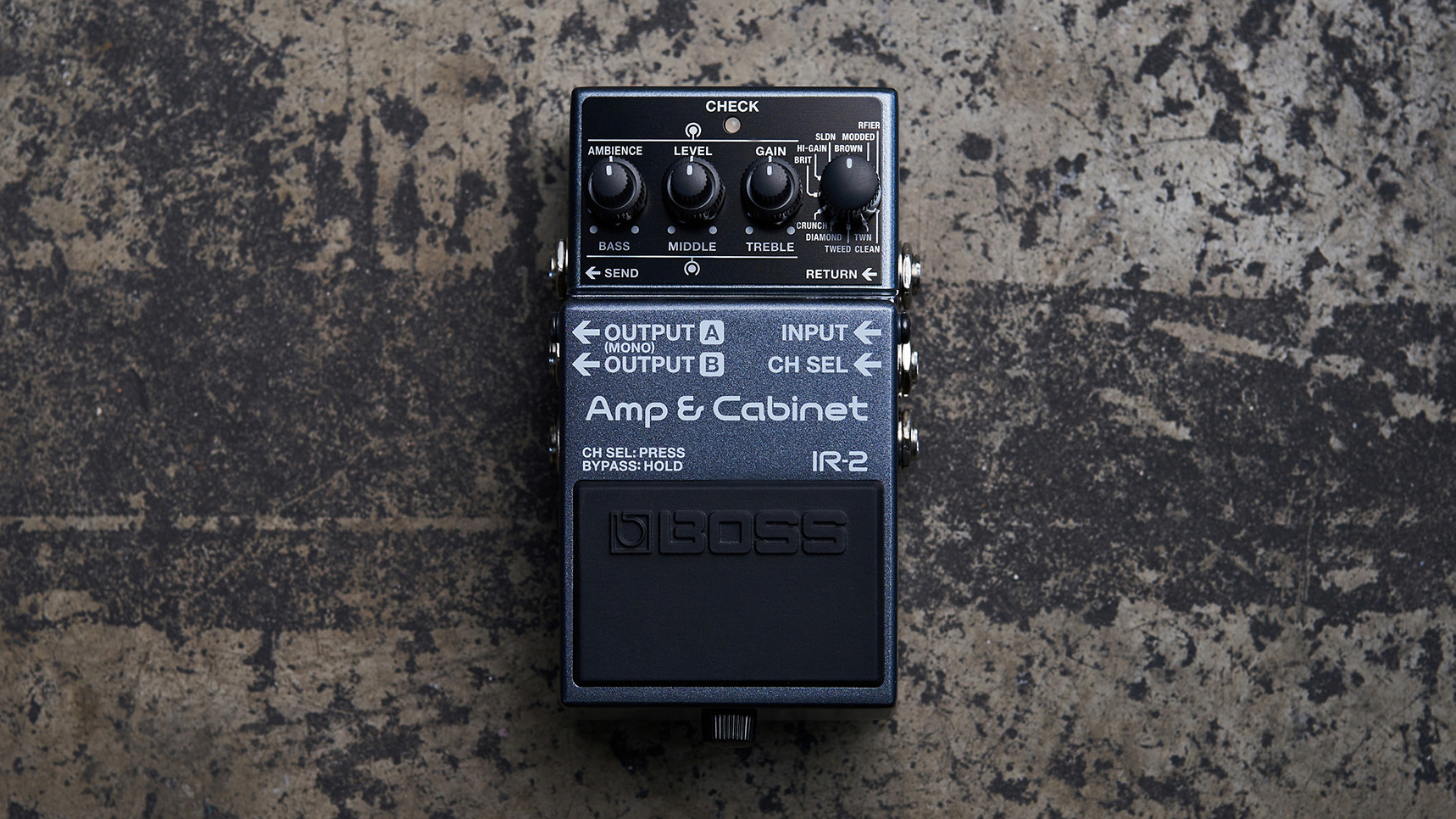
Boss compact pedals are vast and varied but share the fundamental attributes of being built like tanks and easy to use. The IR-2 is no exception, making the most of a four-knob layout with dual-layer controls. This is mana for those of us who wince at the sight of minuscule menu screens to dial in their parameters. The trade-off is you will need your reading glasses to see the amp model names.
Familiar three-band EQ, Gain and Level controls are joined by ‘Ambience’ – this is reverb and (after checking the manual) I find I can even change the algorithms between Room, Hall and Plate. The last control chooses between all the amp models; with familiar Katana hi-gain favourite Brown in the mix.

Each of the 11 amp models here is paired with a ‘curated’ Celestion Digital IR (full list above). But you can also upload third-party options via USB-C and the Boss IR Loader app. This is an important feature; IRs can make or break the modelling amp experience for players, and it’s good to see Boss allow players to experiment and shape the IR-2 more to their liking. In fact, it could argued there’s a market for the IR-2 purely as a compact IR loader with built-in reverb for a pedalboard signal chain – because you can disable the amp modelling.
The amp models themselves cover a wide gamut of classics like the Fender Twin Reverb, Bassman to Soldano SLO-100 and Boss's own models including Clean, Hi-Gain and Crunch. Unsurprisingly, the lower gain models Clean, Twin and Crunch are more suited to stacking with your overdrive pedal gain stages, but the onboard reverbs mean this can be a standalone pedal if required. I did feel I had to be very generous with the Ambiance dial to offer enough rever for my tastes though. And I’d recommend switching from the preset Room algorithm to Plate too as I think it’s superior.

With the stock IRs some of the gainier amp sounds seem more compressed overall to my ears compared with the best examples from the more expensive Neural and specialised Universal Audio hardware. This is highlighted most when recording directly via the USB-C output.
For the Mac I needed to download the latest driver from the BOSS site for Garageband to detect the IR-2 as a device, and the pedal itself also needs to be optimised for USB recording for MAC/ PC or iOS devices through a combination of hardware commands found in the manual. It doesn’t take long and it’s good to be able to use the IR-2 without an additional USB interface, but I’ve had better results in terms of amp-like response and openness from other pedals.
None of those pedals offered as many models as the IR-2 though; the range of amps here for a compact pedal here to explore is significant. Experiments with the IR loading software and third-party offerings from the likes of OwnHammer and York Audio could improve things to your own tastes. The Rectifier model especially feels like it needs some additional help – it’s simply too scooped to be usable for me.
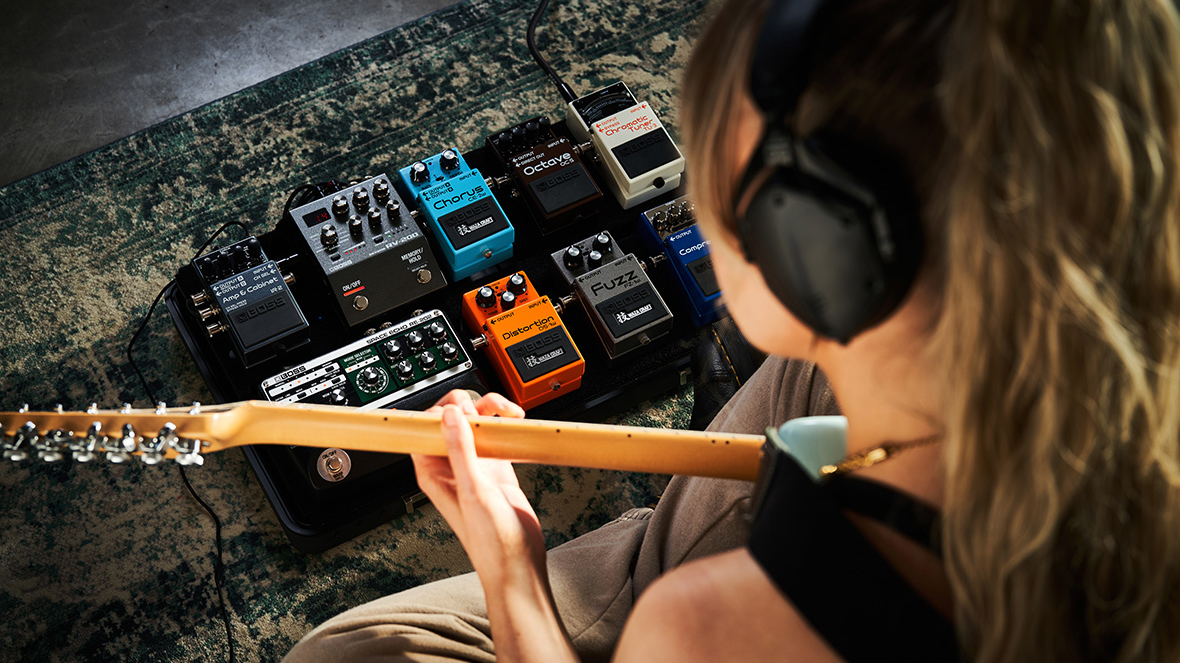
Out of the box, I think the IR-2 is best as a compact, flexible pedal platform with its lower gain combo models as the core strength
The IR loading will add extra expense if you don’t have existing files or choose free options from manufacturing, and are obviously not part of Boss's package we’re reviewing here. But the ability to explore this avenue is welcome and a plus for the IR-2, and we’ve found elsewhere with other modelling tech that it can be a game-changer for how amp models could sound.
Out of the box, I think the IR-2 is best as a compact, flexible pedal platform with its lower gain combo models as the core strength and the higher gain options as an added bonus, but not a main draw because. They’re not its strong suite for me.
The features like the headphone-out and FX loop enhance the versatility the multiple amps models suggest, meaning the IR-2 can be practice pal and backup amp. If you need an amp pedal to be your main source of tones and want to hone in on a platform for your pedals, there are other options that sound and react more like a real tube amp – but the combination of options the IR-2 offers feels like the key point here.
The IR-2 is very well-featured for its price if you want to keep your options as open as possible
Other amp pedals may offer superior tones when it comes to specific models but cost nearly twice as much, or don’t have IR uploading options, direct recording, an FX loop and a headphone output all in one pedalboard-friendly package. Depending on how and where you see yourself using an amp pedal, these things will matter more or less to you. But the IR-2 is very well-featured for its price if you want to keep your options as open as possible.
.
MusicRadar verdict: A compact, versatile and well-featured amp pedal with IR-loading capability that could potentially enhance some of its models further.
Boss IR-2 Amp & Cabinet Simulator Pedal: Hands-on videos
Leon Gibson

Corey Congilio
Andertons
Nathan John Cordy
Boss IR-2 Amp & Cabinet Simulator Pedal: Specifications
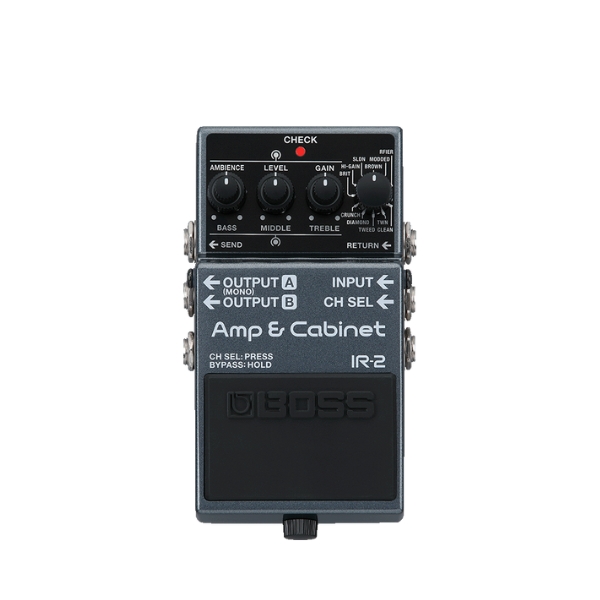
- Controls: Ambience, Level, Gain, Bass, Middle, Treble, rotary amp selector
- Features: 11 amp models each with Celestion Digital IRs, ability to upload IRs to pedal via USB-C, onboard mono/stereo FX loop, dual channel operation via pedal or an external footswitch (sold separately), three onboard reverb types (selectable through pedal startup command), mono and stereo outputs, ability to turn off amp or IR models for isolation, dedicated headphone-out, USB-C direct recording
- Bypass: Buffered
- Power: 9V adaptor or 9V alkaline battery (approx 3.5 hours battery life)
- Current Draw: 160mA
- Dimensions: (W x D x H): 73 x 129 x 59 mm
- CONTACT: Boss

Rob is the Reviews Editor for GuitarWorld.com and MusicRadar guitars, so spends most of his waking hours (and beyond) thinking about and trying the latest gear while making sure our reviews team is giving you thorough and honest tests of it. He's worked for guitar mags and sites as a writer and editor for nearly 20 years but still winces at the thought of restringing anything with a Floyd Rose.
“The included sample content is not only unique but sonically amazing, as it always was”: Spitfire Audio BBC Radiophonic Workshop review
“Don't kill him - he's Beatle Paul!”: The dramatic birth of Paul McCartney’s greatest post-Beatles song
I’ve looked through all 372 deals in the Thomann Easter Sale - these are the 5 deals I’d grab right now





